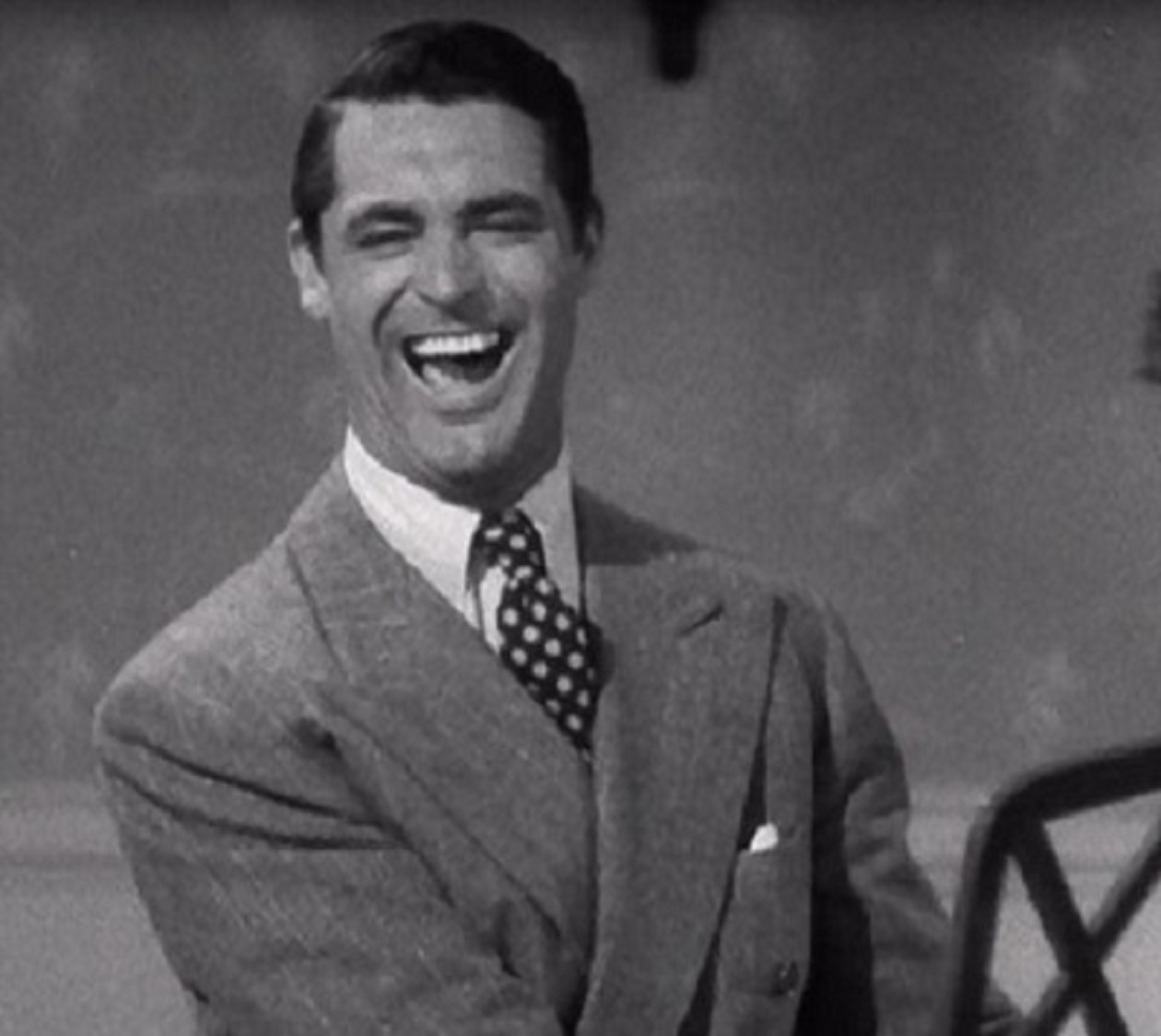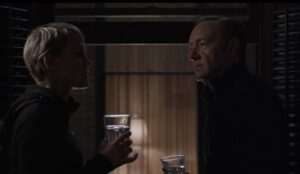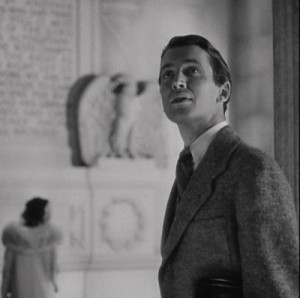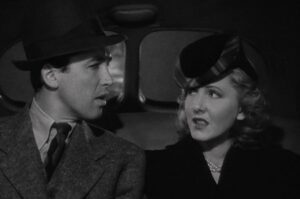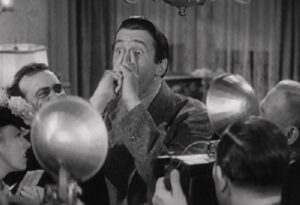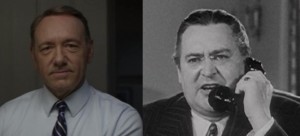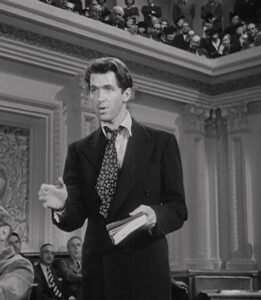The Anti-House of Cards: Mr. Smith Goes to Washington
I had been looking forward to the return of House of Cards for months. Frank Underwood’s (Kevin Spacey’s) skewering of his opponents is almost as fascinating to watch as his wife Claire’s (Robin Wright’s) icy machinations.
But something about the nonstop snow, ice, and wind this winter has made me too blue to compound my already too cynical view of Congress. In months like these, I need to let some spring-tasting idealism in the room. In other words, I’m craving some Capra.
Many have seen It’s a Wonderful Life, and if so, they already have a feel for director Frank Capra’s conviction that the little guy/gal can make a difference. Capra clearly relished films that breathed hope, like those optimists who would follow him, Ron Howard and Steven Spielberg.
When I stared at a pile of snow two feet high today and knew my shovel was buried somewhere within it, a dose of hope was required, and few films can refresh mine as thoroughly as Capra’s brilliant Mr. Smith Goes to Washington (1939).
The beauty of the movie is that it lets us see the world—and its hero—through the eyes of world-weary Saunders (Jean Arthur). Tasked to assist Jefferson Smith (Jimmy Stewart), she can’t decide if he’s full of it or dim-witted. This guy insists on going to see the Lincoln Memorial when he arrives for his senatorial post, for crying out loud. He claims his primary goal is creating a boys’ camp for his state. Could anything be more suspicious to a DC insider?
Saunders begins by undermining him, inviting a bunch of photographers to capture him at his most foolish.
But as she slowly begins to reassess him, we find ourselves losing our cynicism about his dogged honesty and downhome goodness along with her. Of course, poor Smith encounters his share of Frank Underwoods, especially crafty Jim Taylor (Edward Arnold), who calls him a “drooling infant.” Interactions with Taylor and his cronies will lead Smith to lose a lot of his innocence but help him develop some much-needed spunk.
The powerful filibuster scene at the center of the movie is so moving that reporters still reference it today as justification for allowing that congressional maneuver. The film came up as recently as the Affordable Care Act battle last September, when writers claimed Ted Cruz’s was a “faux filibuster,” and last summer, when Wendy Davis pulled the famous Jimmy Stewart move at the Texas state house for eleven hours straight.
Most days, the news convinces me that idealists like Smith will always be crushed by the powerful jaws of the Frank Underwoods among us. But somehow, I don’t feel that way today: I’ve been watching Capra.
